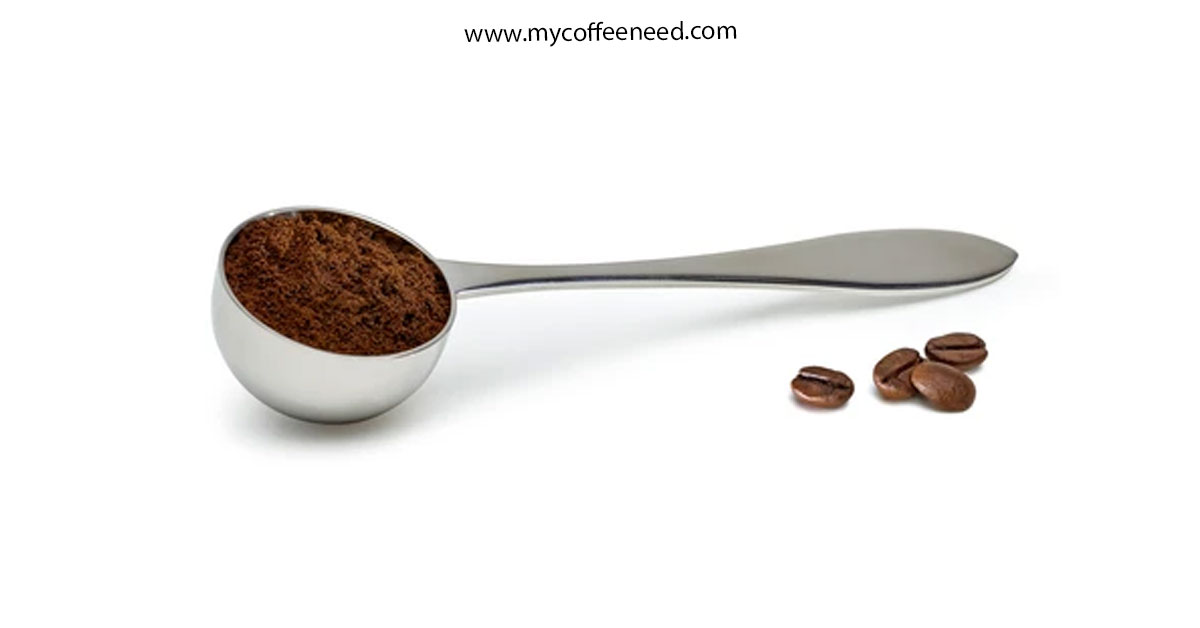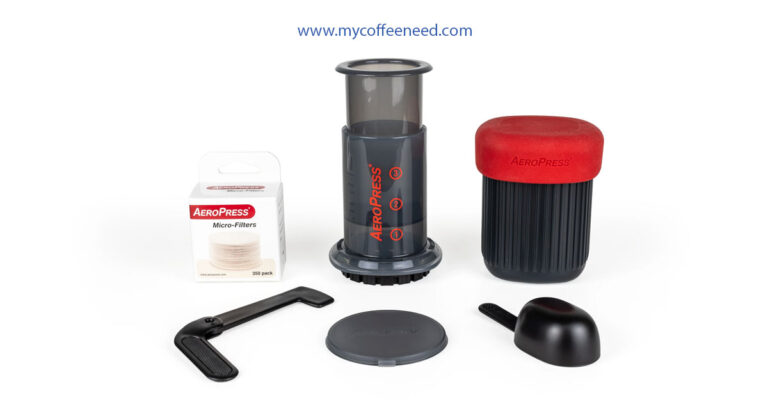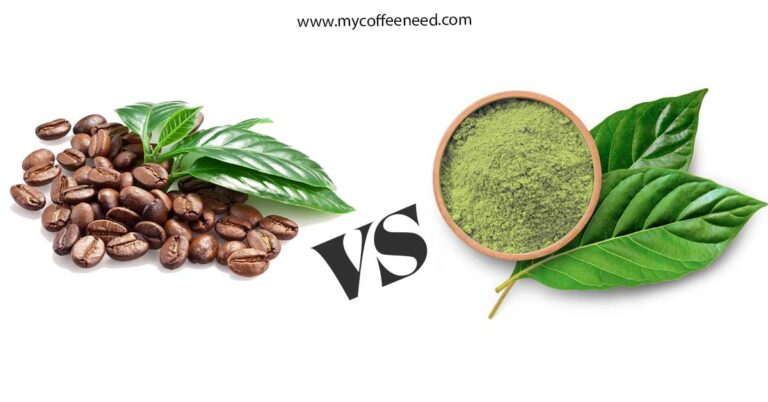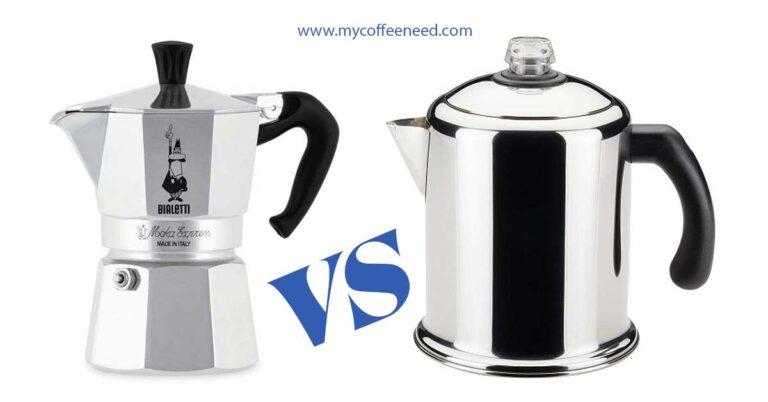how many grams are in a cup of coffee
When it comes to measuring coffee, it’s not always easy to get an exact figure due to variations in bean size and density.
However, as a general reference, one cup of coffee, using whole beans, typically weighs about 15 grams (for a standard 6 ounce cup of coffee).
Please remember, this is a general guideline and actual measurements can deviate based on the specific type of coffee and the brewing method used.
Understanding the Difference Between Weight and Volume Measurements in Coffee
In the world of coffee brewing, measurement is a crucial factor that determines the taste, strength, and quality of your cup.
There are two common ways to measure coffee: by weight and by volume. Weight measurements involve measuring the mass of the coffee beans or grounds using a scale, typically in grams or ounces.
This method is highly accurate and consistent, as it is unaffected by the size or shape of the coffee particles.
On the other hand, volume measurements involve measuring the space that the coffee occupies, typically using spoons or scoops.
This method is quick and convenient, but less consistent than weight measurement. The size, shape, and density of coffee particles can vary, causing the same volume of coffee to have different weights.
Consequently, two scoops of coffee can yield different strengths of brew.
Understanding the difference between these two methods of measurement can help you control the taste of your coffee and achieve consistency in your brewing.
The Standard Measure of a Cup of Coffee
The standard measure of a cup of coffee can differ depending on your location. However, the most commonly accepted measure in the U.S. is 6 fluid ounces per cup.
This means that for each 6-ounce cup of coffee, approximately 10 grams (or two tablespoons) of coffee is required for a regular-strength brew.
Keep in mind that these measurements might need to be adjusted based on personal taste preferences, the brewing method, and the type of coffee bean.
Understanding these measurements can help you fine-tune your coffee brewing process to achieve a consistent and flavorful cup every time.
How to Convert Grams to Cups
Converting grams to cups is not a straightforward process as it depends on the specific ingredient due to their different densities.
In the case of coffee, the generally accepted conversion is that 1 cup of coffee equals 85 grams. However, remember that this might differ slightly depending on the coffee bean type and grind size.
To convert grams to cups for coffee, you can use an online converter or follow this general calculation:
- Determine the amount of coffee in grams that you have.
- Divide this number by 85 (the approximate weight in grams of 1 cup of coffee).
For instance, if you have 100 grams of coffee:
100 grams ÷ 85 = 1.18 cups of coffee.
Note: This conversion is approximate and might not yield the exact measure, especially for small quantities. For the most accurate conversion, it’s recommended to use a kitchen scale.
Factors Affecting the Amount of Grams per Cup
Various factors can influence the amount of grams per cup when measuring coffee:
- Type of Coffee Bean: Different types of coffee beans have different densities. For instance, Arabica beans are less dense compared to Robusta beans due to their size and shape, which can affect the weight.
- Roast Level: The roasting process also impacts the density of the coffee bean. Darker roast coffee beans lose more water during the roasting process making them lighter (but larger in volume) compared to lighter roasts.
- Grind Size: Coffee beans ground to different sizes have different densities, causing the weight per volume to vary. Finer grinds can pack more tightly, thus yielding more weight per cup than coarser grinds.
- Packing Method: Whether you loosely scoop your coffee, or pack it tightly, also impacts the weight of coffee you get per cup.
Benefits of Knowing How Many Grams are in a Cup of Coffee
Understanding the gram-to-cup ratio in coffee brewing comes with several benefits:
- Consistency: Knowing how many grams of coffee you’re using for each cup allows you to replicate the same flavor and strength in every brew. Whether you’re making a single cup or a full pot, your coffee remains consistent if you measure by weight.
- Precision: Weight measurements are more precise than volume measurements. Different types of coffee and different grind sizes can greatly alter volume measurements, but a gram is always a gram. Therefore, using weight assures you’re brewing your coffee at the desired strength every time.
- Cost Efficiency: By knowing exactly how much coffee you need for each brew, you avoid using more coffee than necessary. This can help you save money and reduce waste over time.
- Versatility: Different brewing methods require different coffee-to-water ratios. Knowing the weight of coffee you need for each method allows you to switch between methods while maintaining your preferred taste and strength..
Different Methods for Brewing Delicious Coffee at Home
Pour-Over Drip Method
Pour-over drip is a simple yet effective method for brewing coffee. You place a paper or metal filter in a cone-shaped dripper, add coffee and pour hot water over the grounds.
The water seeps through the coffee, extracting its flavors, and then drips into your cup or pot.
This method gives you control over the brewing process and is great for highlighting the unique flavors of single-origin coffees.
French Press Method
The French Press is a popular brewing method that involves steeping coffee grounds in hot water for several minutes before pressing the grounds out.
This method allows for a full extraction of coffee flavors and can produce rich and full-bodied coffee.
Aeropress Method
The Aeropress is a relatively new brewing method that combines immersion and pressure to brew coffee.
The coffee is steeped in hot water for several minutes, then forced through a filter by pressing the plunger through the chamber. This method produces a clean, smooth cup of coffee in a short amount of time.
Cold Brew Method
The cold brew method involves steeping coffee grounds in room temperature or cold water for an extended period (usually 12-24 hours) to extract flavors.
The result is a coffee concentrate that is often diluted with water or milk and served cold. Cold brew coffee is known for its smooth, low-acidity and naturally sweet flavor.
Moka Pot Method
The Moka Pot is a stove-top coffee maker that brews coffee by passing boiling water, pressurized by steam, through coffee grounds. It’s a popular method for making strong, espresso-like coffee at home.
Each of these brewing methods has its own unique benefits and can yield a delicious cup of coffee. Your choice of method may depend on your taste preferences, the coffee beans you’re using, and how much time you have to brew.
Conclusion
In conclusion, understanding the conversion of grams to cups in coffee brewing is crucial for achieving consistency, precision, cost-efficiency, and versatility in your brew.
Several factors, such as the type of coffee bean, roast level, grind size, and packing method, can impact the weight of coffee per cup.
While these variables make volume measurements challenging, using a scale for weight measurements provides a more consistent and precise measure, enhancing control over your brew’s taste and strength.
Furthermore, the method of brewing – whether it’s Pour-Over Drip, French Press, Aeropress, Cold Brew, or Moka Pot – can significantly affect the flavor of your coffee, allowing for a range of taste profiles catered to personal preference.
Ultimately, the art of coffee brewing is a blend of science and personal taste – and knowing how many grams are in a cup of coffee can help you perfect that blend.







